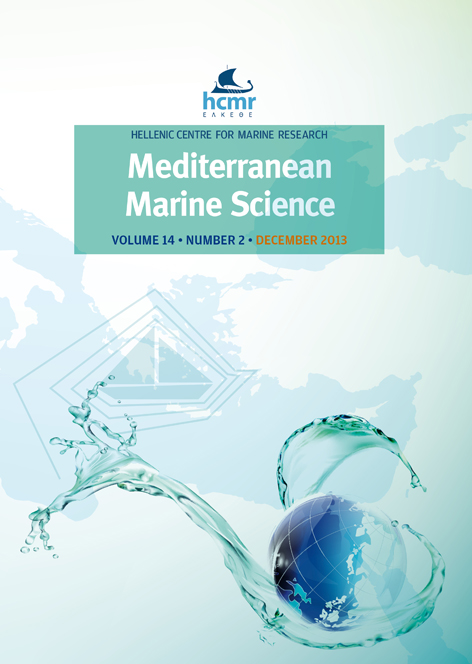Thirty years after - dramatic change in the coastal marine habitats of Kos Island (Greece), 1981-2013.
Résumé
Results of recent fieldwork were compared with data collected in 1981, taken as a reference condition. Surveys were conducted with the same method (time-based visual census along random paths), in the same sites, by the same people. Semi-quantitative inventories of conspicuous species were analysed by univariate and multivariate techniques. Available information on the main potential stressors indicated that a regime shift has occurred in these 30+ years: sea surface temperature rose by1-2°C, human pressure grew impressively, and invasion by several alien species took place. Consistently, a phase shift occurred in the biological communities. Of the 120 conspicuous species found in total, only 51 were common to both surveys; 31 species (‘losses’) were found in 1981 but not again in 2013, 38 (‘gains’) were found exclusively in 2013, 16 (‘winners’) increased their abundance, 8 (‘losers’) got scarcer, and 27 underwent little or no change. Gains included 7 alien, 2 nitrophilic, and 7 thermophilic species. Multivariate analysis evidenced biotic homogenisation in 2013 and huge change in rocky reef habitats. The once flourishing algal forests have disappeared to leave space to sponges and wide areas of bare substratum. This has most probably been the result of overgrazing by alien herbivorous fishes (Siganus luridus and S. rivulatus), whose establishment and spread has been favoured by seawater warming; the synergic action of local human impacts was also evidenced.
Article Details
- Comment citer
-
BIANCHI, C. N., CORSINI-FOKA, M., MORRI, C., & ZENETOS, A. (2014). Thirty years after - dramatic change in the coastal marine habitats of Kos Island (Greece), 1981-2013. Mediterranean Marine Science, 15(3), 482–497. https://doi.org/10.12681/mms.678
- Numéro
- Vol 15, No 3 (2014)
- Rubrique
- Research Article
Authors who publish with this journal agree to the following terms:
- Authors retain copyright and grant the journal right of first publication with the work simultaneously licensed under a Creative Commons Attribution Non-Commercial License that allows others to share the work with an acknowledgement of the work's authorship and initial publication in this journal.
- Authors are able to enter into separate, additional contractual arrangements for the non-exclusive distribution of the journal's published version of the work (e.g. post it to an institutional repository or publish it in a book), with an acknowledgement of its initial publication in this journal.
- Authors are permitted and encouraged to post their work online (preferably in institutional repositories or on their website) prior to and during the submission process, as it can lead to productive exchanges, as well as earlier and greater citation of published work (See The Effect of Open Access).








